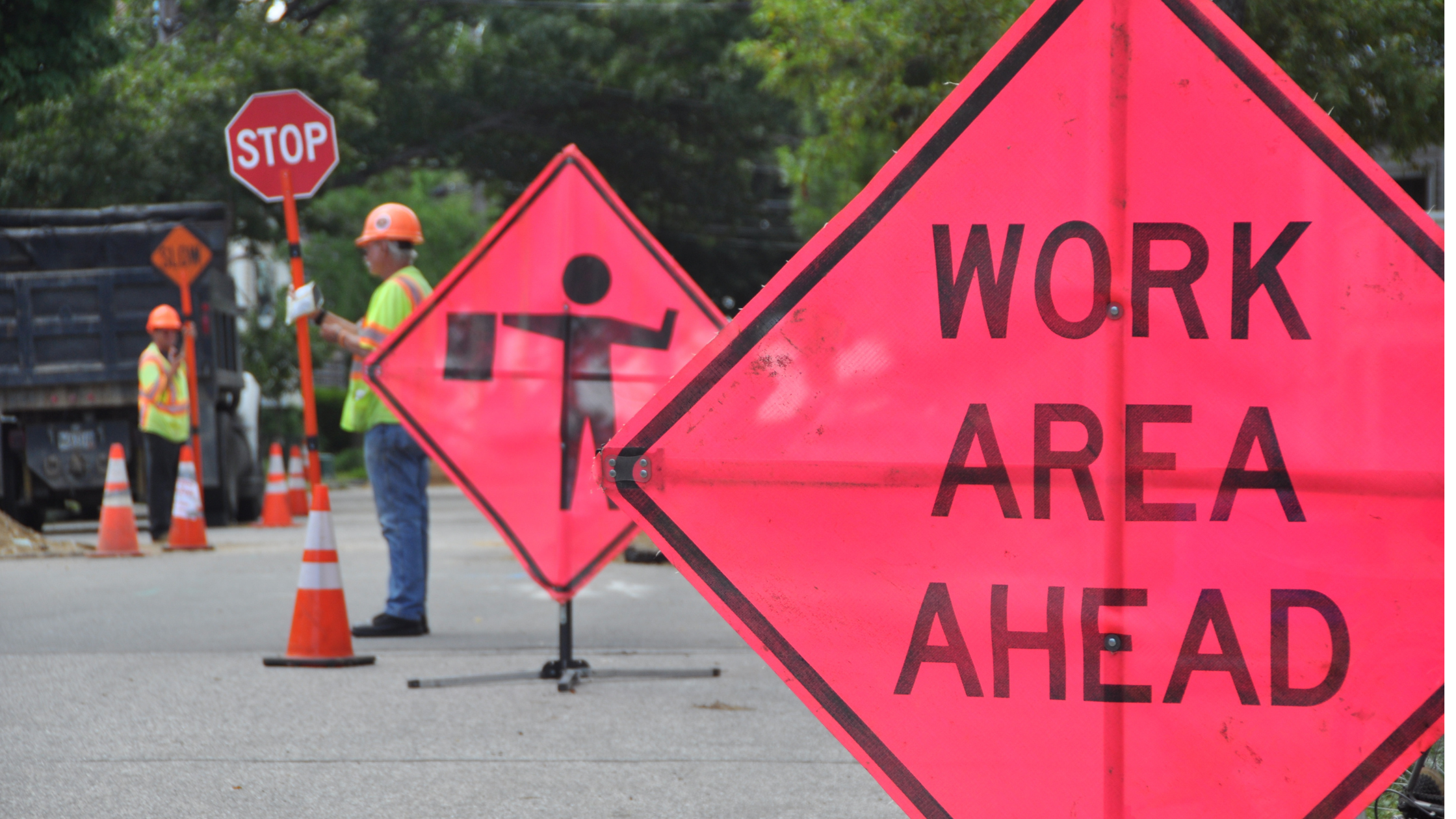Who Benefits Most from Workplace Safety Regulations?
Workplace safety regulations have the greatest benefit to employers, employees, and your customers. Here’s why.
Learn about the five ways that workers can keep themselves safe and protected in a construction zone.

Construction zones are inherently dangerous places for both workers and people who are anywhere in the vicinity. Even for experienced construction workers, there are plenty of hazards that can threaten their safety and well-being. Keeping employees protected in a construction zone can be a complicated matter for employers, but it can be simplified by boiling everything down to a philosophy called “Take 5 Safety.”
While this can be extrapolated to other industries, the five pillars of safety in Take 5 Safety are especially critical in the construction industry. Let’s go a little more in-depth by taking a closer look at the five parts of Take 5 Safety.
The first part of the process occurs before any work is done before work even begins. Before beginning a shift or coming back from a short break, workers should be encouraged to take a few minutes to just stop and think about what they’re about to do. Just be mindful of the task at hand, the risks that exist, and how they’re going to keep themselves and everyone around them safe. For experienced workers, even dangerous work can start to feel routine after a while. It’s best to fight this feeling by taking a few minutes to think about the situation and how to respond.
Another key step that should happen before work or at the start of a shift is looking around and identifying all potential hazards. All hazards, both big and small, common and rare, should be identified ahead of time. If employees are able to physically write down a list of hazards and risks that exist on the construction site, that would be best. But even taking mental notes can make a huge difference.
In addition to identifying every potential hazard, it’s imperative that workers assess each risk and understand how it could potentially hurt them or others. It’s important to note the severity of each hazard and how likely a hazard is to cause an accident or an injury. By considering the severity and likelihood of each hazard, workers will understand the biggest and most dangerous risks inside the workplace. This will allow them to prioritize their approach to safety by recognizing the biggest risks.
For most hazards in a construction zone, there will be ways to mitigate the risk, even if it can’t be fully eliminated. However, it won’t always be obvious if something can be done. That means employees need to think about each hazard and ask what can be done to remove it from the equation or at least reduce the risk that it causes harm. Unfortunately, there won’t always be a solution for every hazard. But most of the time, something can be done to reduce the risk.
The last step in staying safe is to always keep an eye on every hazard that’s been identified. Not every hazard is going to remain stagnant during the course of work. Some may increase in risk during certain activities. Also, even if there are controls in place, those controls may fluctuate in how effective they are at mitigating risk. There’s also the possibility that employees may have missed a hazard or not accounted for a potential hazard that pops up. This is why construction workers always need to remain vigilant in monitoring their work area for potential safety hazards.
In addition to these five steps, it’s critical for every company to have a safety system in place. That’s why the software solutions offered by EHS Insight are perfect for any industry, including construction. Our system connects every element of occupational health and safety, placing everything on one platform for an organized and streamlined approach to safety. It’s a proven method of organizing safety measures in an effective way while also keeping employees safe.
If you need to pay extra attention to employee health and safety, get in touch with us and we can discuss how our software can have a positive impact on your company.
Workplace safety regulations have the greatest benefit to employers, employees, and your customers. Here’s why.
A safety representative can spot hazards you might miss. Here’s why they’re so important to building a safer, healthier work environment.
Ever wonder what safety risk assessments can do to support your company’s goals? Here’s what you should know about the process.
Subscribe to our blog and receive updates on what’s new in the world of EHS, our software and other related topics.